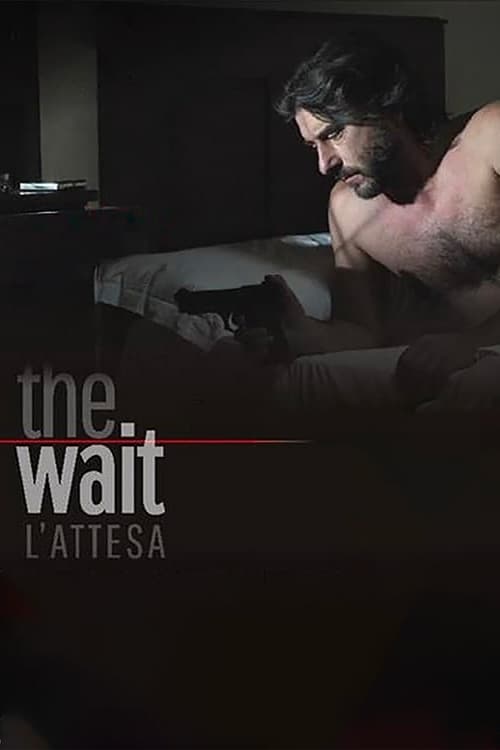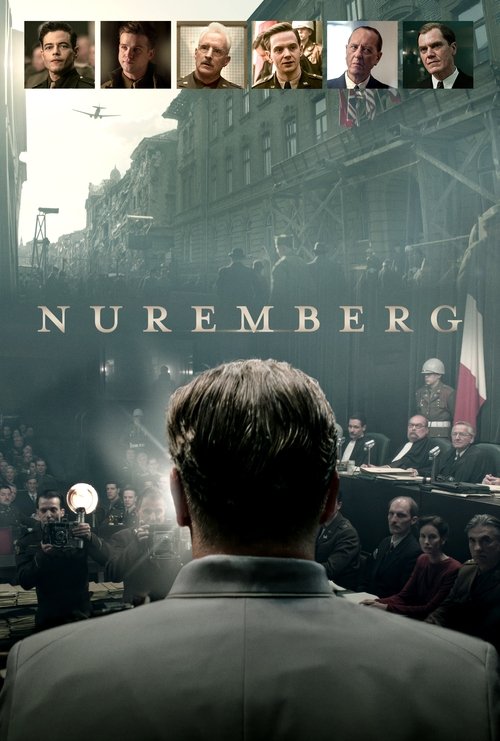
Ask Your Own Question
What is the plot?
What is the ending?
In the ending of "Si Vis Pacem Para Bellum," the protagonist, a soldier named John, confronts the consequences of his actions throughout the film. After a series of intense battles and personal losses, he faces a final showdown with the antagonist, leading to a climactic resolution that leaves him changed forever. The film concludes with John reflecting on the cost of war and the sacrifices made, ultimately choosing a path of peace over violence.
As the final act unfolds, the scene opens in a desolate battlefield, littered with remnants of conflict. The air is thick with tension, and the sounds of distant gunfire echo ominously. John, weary and battle-scarred, stands amidst the chaos, grappling with the weight of his decisions. His internal struggle is palpable; he is haunted by the faces of fallen comrades and the destruction that surrounds him.
In a pivotal moment, John encounters the antagonist, a ruthless warlord who embodies the very violence John has fought against. Their confrontation is charged with emotion, as John's anger and despair clash with the warlord's cold, calculated demeanor. The dialogue is sharp, revealing John's desperation to end the cycle of violence that has consumed his life. The warlord taunts him, reminding John of the futility of his efforts, but John's resolve hardens.
The battle that ensues is brutal and visceral. John fights not just for survival but for redemption. Each blow he lands is fueled by the memories of those he has lost, and each moment of struggle reflects his internal conflict between vengeance and the desire for peace. The choreography of the fight is intense, showcasing John's physical prowess but also his emotional turmoil.
As the fight reaches its climax, John gains the upper hand, but instead of delivering a fatal blow, he hesitates. In that moment of pause, he recalls the lessons learned throughout his journey--the value of life, the pain of loss, and the possibility of forgiveness. This hesitation is a turning point; it signifies his rejection of the cycle of violence that has defined his existence.
In a final act of defiance against the warlord's ideology, John chooses to spare his life. This decision is met with disbelief from the warlord, who expected John to succumb to the same brutality he has perpetuated. John's choice is a powerful statement, illustrating his transformation from a soldier driven by revenge to a man seeking peace.
The scene shifts to the aftermath of the battle. John stands alone, the battlefield now eerily quiet. The weight of his decision settles heavily on his shoulders, but there is a glimmer of hope in his eyes. He walks away from the remnants of war, symbolizing his commitment to a new path.
In the final moments, the camera pans out, capturing the vastness of the landscape, now devoid of conflict. John's silhouette fades into the horizon, representing his journey towards healing and the possibility of a future free from violence. The film closes with a poignant reminder of the sacrifices made and the enduring quest for peace, leaving the audience to reflect on the true cost of war.
As for the fates of the main characters, John emerges as a changed man, having chosen a path of peace over vengeance. The warlord, having been spared, is left to confront the consequences of his actions, a symbol of the cycle of violence that continues. Other supporting characters, who have faced their own struggles throughout the film, are left to rebuild their lives in the wake of the conflict, each carrying the scars of war but also the hope for a better future.
Is there a post-credit scene?
In the movie "Si Vis Pacem Para Bellum," there is no post-credit scene. The film concludes its narrative without any additional scenes or content after the credits roll. The story wraps up with a sense of finality, leaving the audience to reflect on the themes of conflict and the consequences of war that have been explored throughout the film. The absence of a post-credit scene emphasizes the weight of the film's message rather than setting up for a sequel or additional storyline.
What motivates the main character, John, to take drastic actions throughout the film?
John is driven by a deep sense of loss and a desire for justice after a personal tragedy. His emotional turmoil manifests in a relentless pursuit of those he believes are responsible for the chaos in his life, leading him to make increasingly dangerous decisions.
How does the relationship between John and his partner evolve during the film?
Initially, John and his partner share a strong bond built on trust and shared experiences. However, as the stakes rise and John's obsession with revenge deepens, their relationship becomes strained. His partner struggles to understand John's motivations, leading to tension and conflict as they navigate their differing views on justice.
What role does the antagonist play in John's journey, and how does their confrontation unfold?
The antagonist serves as a catalyst for John's transformation, representing the chaos and moral ambiguity that John seeks to combat. Their confrontation is intense and emotionally charged, culminating in a climactic showdown that forces John to confront not only the antagonist but also his own demons.
How does the film depict the impact of violence on the characters involved?
The film portrays violence as a double-edged sword, affecting both the victims and perpetrators. Characters experience physical and emotional scars, leading to a cycle of revenge and regret. This depiction highlights the personal toll of violence, as characters grapple with their choices and the consequences that follow.
What significant turning point occurs when John discovers a crucial piece of information about his past?
The turning point occurs when John uncovers a hidden truth about his family's involvement in the events that led to his current situation. This revelation shatters his understanding of his motivations and forces him to reevaluate his quest for vengeance, adding layers of complexity to his character and the narrative.
Is this family friendly?
"Si Vis Pacem Para Bellum," produced in 2016, is not considered family-friendly due to its intense themes and mature content. The film contains several potentially objectionable or upsetting scenes, including:
-
Violence and Combat: The film features graphic depictions of violence, including hand-to-hand combat and weapon use, which may be distressing for children or sensitive viewers.
-
Emotional Turmoil: Characters experience significant emotional distress, including grief, anger, and betrayal, which may be intense for younger audiences to process.
-
Mature Themes: The narrative explores themes of war, survival, and moral ambiguity, which may be complex and unsettling for children.
-
Death and Loss: There are scenes that involve the death of characters, which can be particularly upsetting and may evoke strong emotional reactions.
-
Intense Situations: The film includes high-stakes scenarios that create a sense of fear and tension, potentially overwhelming for sensitive viewers.
Overall, the film's content is more suitable for mature audiences due to its serious and often dark subject matter.


























